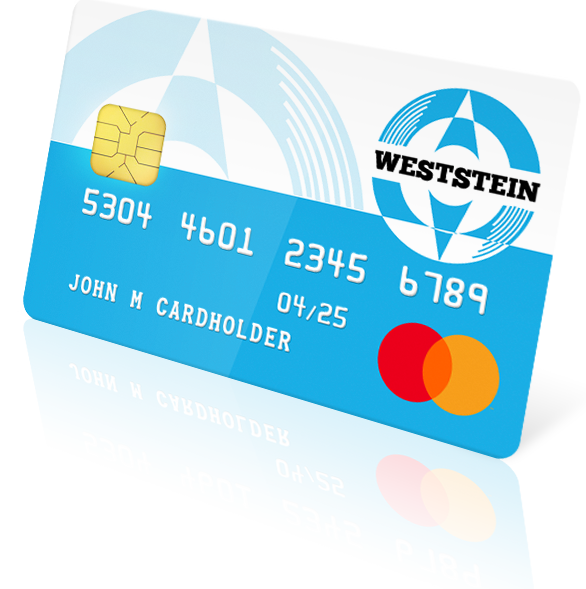Nowadays more and more people set up a free online bank account and conveniently use banking services anywhere in the world via mobile phone apps. Undoubtedly, the owners of bank accounts get all the blessings of civilization right here and right now, and thanks to the technological progress there is even no need to visit a certain bank branch. Al that matters is to understand what types of bank cards there are and what are their features. Let`s explore this topic in this article.
Before listing the types of credit cards, we need to precise why they are so popular. Among the benefits of the cards there are:
- comfort: all your funds are gathered in one object, there is no need for cash;
- security: using a credit card the consumer is protected from the loss of property such as theft or losing the wallet. If it happens, the card will be blocked, and the thieves will be left with nothing;
- thanks to the credit funds, the risk of stress provoked by the lack of finance is minimized;
- hygiene: cash can accumulate a large number of microbes, but the purity of the plastic cards can be controlled;
- “limitlessness”: the owner of the credit card is not limited in purchases, even abroad. Moreover it is possible to get a prepaid MasterCard, which allows to receive salary in foreign currency;
- control of finances: with a card the consumer can easily control expenses when making purchases and adjust their spendings.
We can continue listing the benefits, but these facts are already enough to make you want to issue a virtual card.
What types of bank cards are there?
Cashless payments, as we know it today, appeared in the United States in the 1950`s during a period called the “trade boom”. First cardboard, then plastic cards were an alternative to checkbooks, which have not lost their relevance to this day. In the late 70`s a magnetic stripe was developed and applied, and at the beginning of the XXI century they began to integrate microcircuits.
Today, there is no clear division of cards by their features, but all bank cards can be divided into the following groups:
- by the type of payment system;
- by the type of accumulated funds;
- by the availability of additional parameters (protection of client’s personal information, cashback, loyalty program).
Let’s consider the first group (by the payment system). There are two main branches in this case: local and international bank cards. The first ones function in a certain territory (location), a frequent example is the boundaries of one state. Their benefit lies in their autonomy: such cards do not depend on other payment systems. International bank cards work with banks of foreign countries, which means they can be used in their country of origin and during a tourist trip or a business visit abroad. Convenience lies in the ability to link multiple bank accounts even in different currencies. Visa and MasterCard payments systems are good examples in this case.
Classification by the type of funds:
- debit card;
- credit card;
- overdraft card;
- prepaid card.
As it is already clear, the main difference is who owns the funds: the bank or the owner of the plastic card. The virtual debit card is tied to the owner’s bank account and contains his/her own funds. They can be used to pay for goods and services in a store, cinema, gym, restaurant, pharmacy etc., but only within the limits of the available funds, otherwise the payment will be declined.
The second one is a credit card. It provides access to the bank funds, not the owner’s ones. When a consumer uses such a card, he kind of borrows money from the institution, and then returns it with interest charged. Undoubtedly, it is convenient for virtual shopping, but if you need cash, you will have to pay a good commission for this operation. Therefore, it is important to initially study the conditions that the bank offers, and only after that issue a credit card. At the same time you have the opportunity to open a free online account right now thanks to our service.
Overdraft cards are hybrids in the world of cashless payments. The client keeps their funds on it, but sometimes they can use bank’s funds without prior approval. Convenience lies in the availability of a grace period for which the consumer can return the funds without overpayment.
The last one does not differ much from the debit one, but there is a key nuance: the card is not tied to an account. For example, a WestStein prepaid card is issued quickly, within 24 hours, and just after its replenishment the consumer has the opportunity to make purchases. The virtual card is easy to use, while guaranteeing complete security and confidentiality. At the same time the client is not limited in spendings: you can deposit funds on the card and start paying by it in online and offline even today.
 EN
EN
 es
es ru
ru de
de pl
pl lv
lv it
it fr
fr nl
nl et
et hi
hi